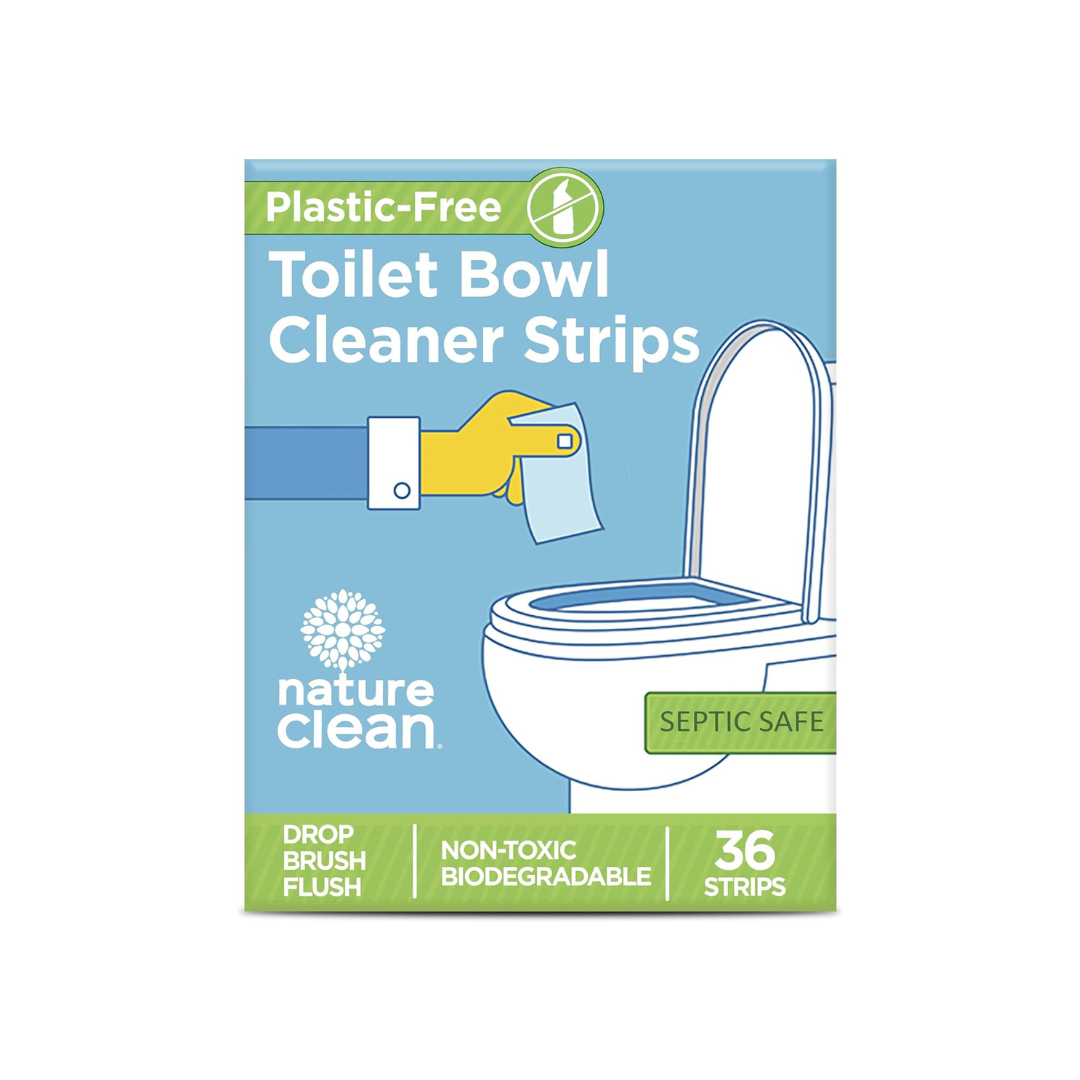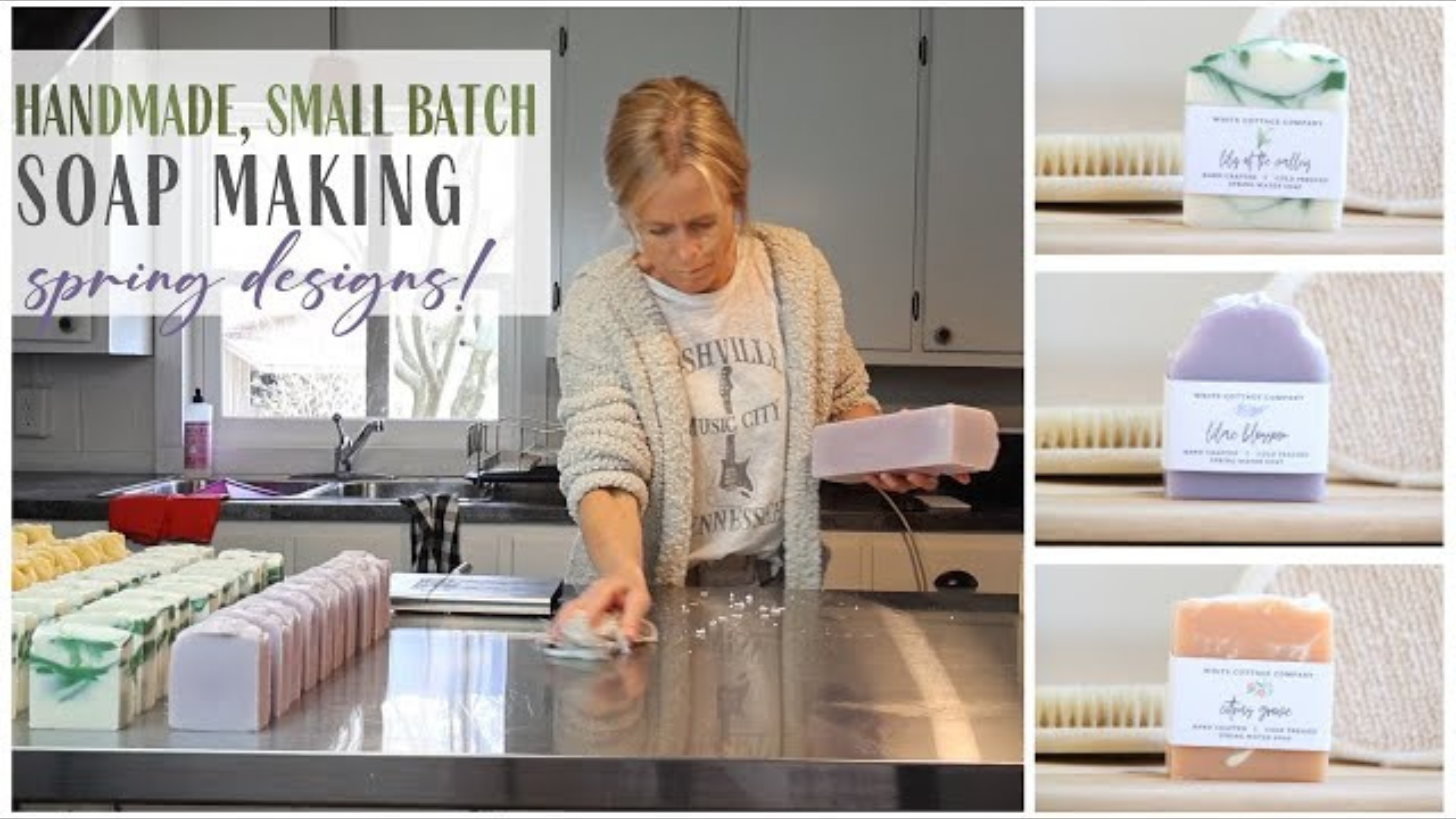Understanding the key differences between functional and support ingredients in formulations.
Understanding Active vs. Inactive Ingredients
When it comes to personal care, wellness, and household products, the ingredient list can often look like a foreign language. One of the most important distinctions to understand is the difference between active ingredients and inactive ingredients. These two categories have distinct roles in formulations, and knowing how they work can empower you to make safer, more effective, and environmentally conscious choices.
At Sustai Market, we are committed to ingredient transparency and helping you make informed decisions. With tools like the Sustai Score and Sustai Badges, we evaluate products not only for their efficacy but also for their safety, sustainability, and ethical sourcing. Let’s dive into the world of active and inactive ingredients and why understanding this distinction is crucial for your health and the planet.
The Importance of Understanding Ingredients
Every product, from skincare to cleaning supplies, is made up of a combination of active and inactive ingredients. While active ingredients are often spotlighted for their benefits, inactive ingredients play an equally critical role in ensuring the effectiveness, stability, and usability of the product.
Why This Matters
-
Health Benefits: Knowing which active ingredients address your specific concerns (e.g., acne, hydration, UV protection) can help you choose products that work for you.
-
Avoiding Harmful Additives: Some inactive ingredients, like synthetic fragrances or parabens, can cause irritation or long-term health risks.
-
Environmental Impact: Both active and inactive ingredients can affect the environment, particularly if they are non-biodegradable or toxic to ecosystems.
At Sustai Market, we ensure that all products meet rigorous safety and sustainability standards, helping you avoid harmful ingredients and make choices that align with your values.
What Are Active Ingredients?
Active ingredients are the powerhouses of any product. They are the components that deliver the primary effect or benefit, whether it’s improving skin texture, treating a specific condition, or cleaning surfaces effectively.
Definition of Active Ingredients
Active ingredients are substances included in a product specifically for their therapeutic, protective, or functional benefits. They are the reason you buy a product in the first place.
Examples of Active Ingredients
-
In Skincare:
-
Retinol: Reduces fine lines and wrinkles.
-
Hyaluronic Acid: Boosts hydration and skin plumpness.
-
Vitamin C: Brightens skin and reduces dark spots.
-
-
In Wellness Products:
-
Vitamin D: Supports bone health.
-
Probiotics: Improves gut health.
-
Magnesium: Relieves muscle cramps.
-
-
In Cleaning Products:
-
Hydrogen Peroxide: Disinfects surfaces and kills bacteria.
-
Citric Acid: Removes stains and scales.
-
Role of Active Ingredients in Formulations
Active ingredients are designed to address specific concerns or perform targeted functions. These include:
-
Therapeutic Benefits: Treating acne, reducing inflammation, or protecting against UV rays.
-
Preventive Action: Preventing cavities (fluoride in toothpaste) or sunburn (zinc oxide in sunscreen).
-
Cleaning Efficacy: Breaking down dirt and grease on surfaces.
Concentration and Efficacy
Active ingredients are often included in specific concentrations to maximize their effectiveness without causing harm. For example:
-
Retinol is typically effective at concentrations between 0.25% and 1%, depending on skin sensitivity.
-
Salicylic acid is commonly used at 2% in acne treatments for safe and effective results.
What Are Inactive Ingredients?
While active ingredients get most of the attention, inactive ingredients are the unsung heroes of product formulations. Without them, products would lack stability, usability, and even effectiveness.
Definition of Inactive Ingredients
Inactive ingredients are components that do not directly provide the primary benefit of the product but are essential for its structure, stability, and sensory appeal.
Examples of Inactive Ingredients
-
In Skincare:
-
Water: Acts as a solvent to dissolve active ingredients.
-
Glycerin: Adds moisture and prevents dryness.
-
Xanthan Gum: Thickens the product for better application.
-
-
In Wellness Products:
-
Gelatin: Forms the capsule shell in supplements.
-
Flavoring Agents: Improves the taste of chewable vitamins.
-
Binders: Keep tablets intact.
-
-
In Cleaning Products:
-
Surfactants: Create foam and lift dirt.
-
Coloring Agents: Enhance the appearance of the product.
-
Fragrance: Adds a pleasant scent.
-
Role of Inactive Ingredients in Formulations
Inactive ingredients may not provide the primary benefit, but they are critical for:
-
Stability: Preventing the product from separating or degrading over time.
-
Texture and Usability: Ensuring the product spreads easily or feels pleasant to use.
-
Preservation: Extending the shelf life of the product by preventing microbial growth.
Examples of Functionality
-
In sunscreen, inactive ingredients like emulsifiers ensure the product spreads evenly across the skin.
-
In toothpaste, flavoring agents and thickeners make the product pleasant to use while enabling the active fluoride to work effectively.
Why Both Active and Inactive Ingredients Matter in Formulations
The best products achieve a delicate balance between active and inactive ingredients, with each playing a complementary role.
1) Synergy Between Active and Inactive Ingredients
-
Inactive ingredients often enhance the efficacy of active ingredients by improving their delivery to the target area.
-
Example: Retinol (active) is stabilized by inactive ingredients like tocopherol (Vitamin E) to prevent degradation and improve absorption.
2) The Balance of Safety and Efficacy
-
Combining the right active and inactive ingredients ensures the product is both effective and safe for use.
-
Example: Salicylic acid in acne treatments can be harsh, but inactive ingredients like glycerin or aloe vera soothe the skin and reduce irritation.
3) Common Misconceptions About Inactive Ingredients
-
Myth: Inactive ingredients are unnecessary fillers.
-
Truth: Many inactive ingredients are essential for the product’s functionality, such as stabilizing formulations or enhancing sensory appeal.
How to Identify Active and Inactive Ingredients on Labels
Understanding product labels is crucial for making informed decisions.
1) Reading Ingredient Lists
-
Active ingredients are typically listed at the top of the ingredient list with their concentrations.
-
Example: “Active Ingredient: 2% Salicylic Acid.”
-
-
Inactive ingredients are listed under “Other Ingredients” and may include water, stabilizers, and preservatives.
2) Certifications and Transparency
-
Look for trusted certifications like Sustai Verified, USDA Organic, or Leaping Bunny to ensure ingredient safety.
-
At Sustai Market, products are evaluated using the Sustai Score, which considers both active and inactive ingredients for safety and sustainability.
3) Watch Out for Greenwashing
-
Be cautious of vague claims like “natural” or “eco-friendly” without detailed ingredient transparency.
-
Sustai Market’s Sustai Badges (e.g., “Non-Toxic” and “Cruelty-Free”) provide clear, trustworthy indicators of product safety and ethics.
Common Active Ingredients Across Different Product Categories
Active ingredients are the cornerstone of effective products because they provide the primary benefits. Here’s a closer look at some of the most common active ingredients and their functions across skincare, wellness, and cleaning products.
1) In Skincare
Skincare products are designed to address specific skin concerns, and the active ingredients are what deliver the results.
-
Retinol:
-
Function: Reduces fine lines, wrinkles, and uneven skin tone by stimulating collagen production.
-
Common Uses: Anti-aging creams, serums.
-
Sustai Tip: Look for products with stabilized formulations to ensure retinol’s efficacy.
-
-
Vitamin C:
-
Function: Brightens skin, reduces hyperpigmentation, and protects against free radical damage.
-
Common Uses: Serums, moisturizers.
-
Sustai Tip: Opt for products in airtight, opaque packaging to preserve Vitamin C’s potency.
-
-
Hyaluronic Acid:
-
Function: Hydrates and plumps skin by retaining moisture.
-
Common Uses: Moisturizers, serums.
-
Sustai Tip: Look for “low molecular weight” hyaluronic acid for deeper skin penetration.
-
-
Niacinamide:
-
Function: Reduces redness, improves skin texture, and brightens.
-
Common Uses: Serums, toners, moisturizers.
-
2) In Hair Care
Active ingredients in hair care target scalp health, strengthen hair, or address specific hair concerns.
-
Biotin:
-
Function: Promotes hair growth and strengthens hair strands.
-
Common Uses: Shampoos, conditioners, supplements.
-
Sustai Tip: Pair biotin with natural oils like argan or coconut for added hydration.
-
-
Keratin:
-
Function: Repairs damaged hair by restoring protein levels.
-
Common Uses: Hair masks, treatments.
-
-
Salicylic Acid:
-
Function: Exfoliates the scalp to reduce dandruff and buildup.
-
Common Uses: Anti-dandruff shampoos.
-
3) In Wellness Products
Active ingredients in wellness products are often vitamins, minerals, or other compounds that improve overall health.
-
Vitamin D:
-
Function: Supports bone health and immune function.
-
Common Uses: Supplements, fortified foods.
-
-
Probiotics:
-
Function: Improves gut health by promoting healthy bacteria.
-
Common Uses: Capsules, powders, fermented foods.
-
-
Magnesium:
-
Function: Relieves muscle cramps, improves sleep, and reduces stress.
-
Common Uses: Supplements, topical sprays.
-
4) In Cleaning Products
Active ingredients in cleaning products focus on disinfection, stain removal, and odor control.
-
Hydrogen Peroxide:
-
Function: Disinfects surfaces by killing bacteria and viruses.
-
Common Uses: All-purpose cleaners, surface sprays.
-
-
Baking Soda:
-
Function: Deodorizes and removes stains.
-
Common Uses: Laundry detergents, household cleaners.
-
-
Citric Acid:
-
Function: Breaks down hard water stains and grease.
-
Common Uses: Dishwashing liquids, bathroom cleaners.
-
Common Inactive Ingredients Across Different Product Categories
Inactive ingredients may not be the star of the show, but they are essential for ensuring the product is stable, pleasant to use, and effective. Let’s look at some common inactive ingredients and their roles.
1) In Skincare
-
Water:
-
Function: Acts as a solvent to dissolve active ingredients.
-
Common Uses: Found in most skincare products.
-
-
Glycerin:
-
Function: Provides hydration and prevents water loss.
-
Common Uses: Moisturizers, cleansers.
-
-
Dimethicone:
-
Function: Creates a smooth texture and locks in moisture.
-
Common Uses: Serums, sunscreens.
-
2) In Hair Care
-
Silicones (e.g., Cyclopentasiloxane):
-
Function: Adds shine and reduces frizz.
-
Common Uses: Conditioners, serums.
-
-
Sulfates (e.g., Sodium Lauryl Sulfate):
-
Function: Creates foam and removes oil.
-
Common Uses: Shampoos.
-
Sustai Tip: Opt for sulfate-free options to avoid scalp irritation.
-
3) In Wellness Products
-
Gelatin:
-
Function: Forms the capsule shell in supplements.
-
Common Uses: Capsules, softgels.
-
-
Flavoring Agents:
-
Function: Improves taste.
-
Common Uses: Chewable vitamins, powders.
-
4) In Cleaning Products
-
Surfactants:
-
Function: Lifts dirt and grease.
-
Common Uses: Laundry detergents, dish soaps.
-
-
Fragrance:
-
Function: Adds a pleasant scent.
-
Common Uses: Surface cleaners, air fresheners.
-
Sustai Tip: Look for natural fragrances to avoid synthetic chemicals.
-
How Sustai Market Prioritizes Ingredient Transparency
1) The Sustai Score
-
The Sustai Score evaluates both active and inactive ingredients for:
-
Safety: Avoiding harmful chemicals like parabens or phthalates.
-
Sustainability: Ensuring ingredients are biodegradable and eco-friendly.
-
Ethical Sourcing: Supporting cruelty-free and fair trade practices.
-
2) Sustai Badges
-
Non-Toxic: Products free from harmful active or inactive ingredients.
-
Plastic-Free: Avoids microplastics and non-biodegradable fillers.
-
Cruelty-Free: No animal testing for active or inactive ingredients.
3) Curated Selections
Sustai Market ensures that every product meets strict safety and ethical standards, making it easier for you to shop responsibly.
Tips for Choosing the Right Products Based on Ingredients
1) Match Ingredients to Your Needs
-
Identify your specific concerns (e.g., acne, hydration, disinfection) and choose products with active ingredients that address them.
2) Be Aware of Allergens and Irritants
-
Check for potential allergens like synthetic fragrances or preservatives in the inactive ingredient list.
3) Use Trusted Resources
-
Use the Sustai Score and Sustai Badges to evaluate products quickly and confidently.
4) Look for Transparency
-
Choose brands that clearly disclose both active and inactive ingredients.
Conclusion: Making Smarter Choices
Understanding the role of both active and inactive ingredients can help you choose products that are not only effective but also safe and sustainable. By evaluating ingredient lists and leveraging tools like Sustai Market’s Sustai Score, you can shop smarter and make choices that align with your values.
Ready to explore safe and effective products?
-
Visit our Personal Care & Beauty section for clean, effective skincare and beauty products.
-
Learn more about sustainable ingredient choices in our Sustainable Living blog.
By prioritizing transparency and education, Sustai Market empowers you to make decisions that benefit both your health and the planet.


















